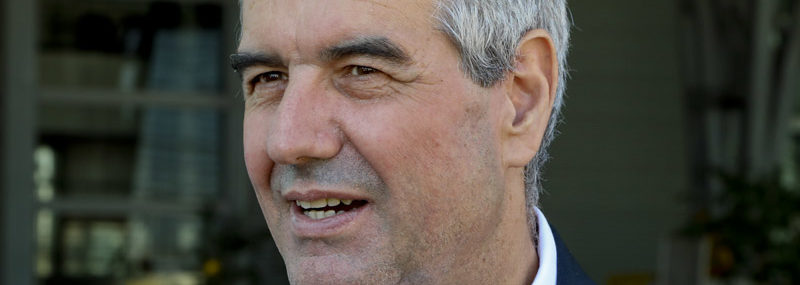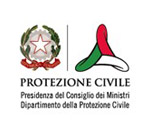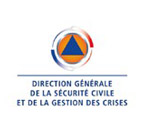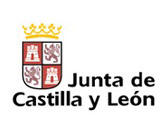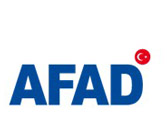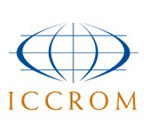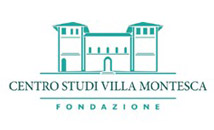With PROCULTHER Italy reiterates its interest in the development of preparatory measures for the protection of cultural assets in emergency. How important is this project for the Department?
Recent emergencies in Europe and worldwide have shown how fragile cultural heritage is in the event of a disaster. Recently the European Union has given particular impetus to the development of preparatory measures for the safeguard of cultural assets in emergency, the co-financing of this project is proof of the common interest and will to commit to this initiative and the objectives established by PROCULTHER are particularly in line with the ambitions of the Department in this sector. Italy boasts 55 UNESCO world heritage sites and, at the same time, it is exposed to several risks: for this reason, as a result of the numerous disasters that we have to had to face and cope with, we developed an integrated system for the protection of cultural heritage in emergencies that places our Country at the forefront in this sector. For us, the safeguard of cultural heritage is important not only to preserve our cultural identity, but also to protect tourism that is a key economic sector for our country. After the fire that broke out in the cathedral of Notre-Dame on 15 April of this year, the issue of protecting cultural heritage in emergency has become increasingly important and this makes the project’s activities even more strategic and relevant. The choice of our Partner countries in the PROCULTHER Consortium was not, by any means, accidental: France, Spain and Turkey are countries that have gained significant experience in protecting cultural heritage in emergency and will collaborate in the project to improve their systems of protection of cultural heritage by pooling together everyone’s skills. We have different models of emergency management and different intervention procedures for the protection of cultural heritage; this will allow us to learn from each other. To achieve the expected results of the project we also trust in the contribution of the two other partners of PROCULTHER: ICCROM (International Centre for Studies for the Conservation and Restoration of Cultural Heritage) and Villa Montesca, whose experience in this field is internationally recognized..
In the last years, Italy has experienced a number of major emergencies, from the 2009 L’Aquila earthquake to the most recent ones that hit Central Italy in 2016, which sorely tested the national emergency relief system and – at the same time – increased your experience in the field of cultural heritage protection. What particular skills and ‘know-how’ can your Country offer to the project?
The skills we have developed so far are the result of a long path began in 1966, when the Arno flood caused severe and, in some cases, irreparable damage to the cultural heritage of the city of Florence. The appearance of the “mud Angels” (Editor’s note: this was the name given to the volunteers who came to the aid of the city of Florence) was so providential but also revealed the need for a coordinated and specialized intervention in the sector. Since then, Italy has been devoting efforts and resources to improve national and local capacities to protect damaged cultural heritage. Nowadays, the protection of cultural heritage in emergency is possible thanks to an inter-institutional collaboration coordinated by the Department and which sees the participation of numerous actors, first the Ministry for Cultural Heritage and Activities and Tourism (MiBACT). The recent seismic disasters (1997-2017) despite the tragic losses served to further strengthen the national experience, including the design and testing of new solutions. For example, during the earthquake emergency in Umbria and Marche in 1997, we realized that it was necessary to develop specific intervention procedures for the protection and safeguard of cultural heritage: the first result was the appointment of an extraordinary Commissioner responsible for these tasks. Among the innovations introduced by the Commissioner there was the use of multidisciplinary teams that dealt with the detection of damages and the establishment of “equipped storehouses”, i.e. the identification of safe sites for the temporary preservation of historical and artistic assets during emergency, in view of their restoration in the places of origin. In parallel, new models were drawn up for the damage assessment as well as the minimum requirements for the training of officials; firefighters and groups of volunteers were instructed on the techniques for securing cultural assets. This way, the human resources available to the country in emergency and post-emergency situations were increased, and nowadays we can employ experts in the conservation of cultural heritage coming from the MiBACT, from the Specialized Carabinieri Unit responsible for the Protection of Cultural Heritage, from the Army, from the Fire Department, as well as University researchers and specialized volunteers. Since then all these skills have been used regularly to assess the state of cultural heritage affected by disaster and the organization of the complex activities of protection and recovery of assets that have become an important field of intervention in emergency management, such as during the earthquake that struck Central Italy in 2016-2017. At the time, the MiBACT Directive of 2015, which establishes the procedures for the management of the activities of securing and safeguarding the cultural heritage in the event of emergencies arising from natural disasters, had recently entered into force. This reference document is the result of the many fruitful inter-institutional collaborations over the years between the Department and MiBACT and explains the functioning of the command and control chain, which actors are involved as well as the methods of intervention of the operating teams. In practice, it is a useful guide for offices as well as central and local bodies, aimed at ensuring the effective coordination of rescue operations during emergency response. This Directive confirms, in the event of an emergency, the coordinating role of the Department and of MiBACT that is in charge of managing the activities related to the safeguard of cultural heritage. We have also moved forward in the field of prevention and preparedness: the intervention methods and practices in place for the safeguard of cultural heritage are regularly tested on civil protection exercises, at local, national and international level; the last occasion was Exe FLEGREI 2019, the national exercise that took place in Southern Italy on 16-19 October 2019. In addition to these good practices developed within our borders, we can also bring to PROCULTHER the lessons learned from the numerous cooperation projects in this sector which the Department has promoted and/or participated in. For example, from 2016 to 2018 we carried out the “Protecting Mediterranean Cultural Heritage during Disasters – PROMEDHE” Project, together with the civil protection authorities of Cyprus, Israel, Jordan and Palestine and with the Villa Montesca Foundation, which is also a partner of the PROCULTHER Consortium. For us, PROMEDHE, which also benefited from the collaboration of Austrian, French and Spanish experts, represented a milestone because it contributed to promote, at European level, the debate on the topic of cultural heritage protection in case of emergency. This is why I hope that with PROCULTHER we will be able to build on part of PROMEDHE’s results and overall outcome to the benefit of the European context.
PROCULTHER is setting rather ambitious results. What are the Department’s expectations in this regard?
Since its very beginning, PROCULTHER has foreseen the involvement of the structures that are part of the Italian integrated system for the protection of cultural heritage in emergencies, thus undoubtedly giving us the chance to promote the Italian experience in the field also at international level. I hope that this interest will be confirmed in the coming months and that it will even involve the local realities, a fundamental part of our system. At the international level, the European Union has repeatedly confirmed its intention to increase cooperation in this sector and, for our part, through PROCULTHER, we hope to foster the dialogue on the protection of the cultural heritage in emergency among European countries, and to advocate the inclusion of this topic in the agenda of the forthcoming meetings within the Union Civil Protection Mechanism. We will also follow with great attention the PROCULTHER International Workshop planned in Rome on December 2019 during which, starting from the different emergency management models and intervention procedures for the protection of the cultural assets of the individual PROCULTHER Partner Countries, we will begin to discuss and define the main elements for a European methodology for protecting cultural heritage in emergencies.

